They say three days as more than enough to visit this small country where apart from Beirut you might only visit Balbek, the mighty Roman pearl. But oh my, how they lie. How dare they say it – I ask them now, after not following the herding instinct, but my intuition. I knew the descendents of ancient Phoenicians offer more than two cities. With my co-traveller Tatjana, we decided to unravel the veil of mystery of the millennia old architectural treasures, cultural riches and various people, important milestones of Christian history and natural beauty. Lebanon charmed us and left trails on us that we can still feel.

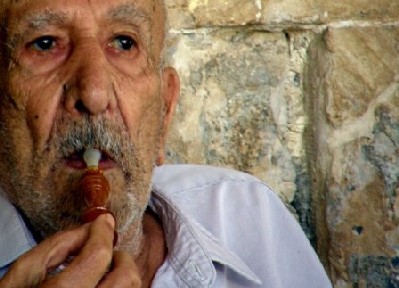
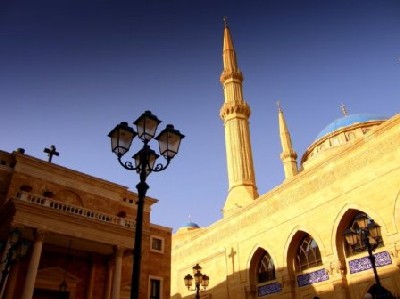
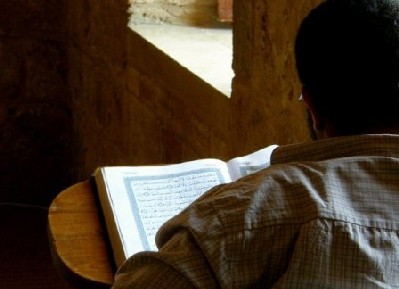
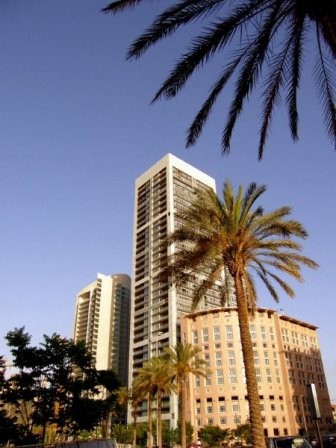 In 1990 a 15 year old civil war, in which Beirut had huge material damage, has ended. Most casualties were killed on the so called Green line, which separated the Christian and Muslim world. Whoever was found here, regardless their religious beliefs was in mortal danger. Bullets were flying everywhere and many buildings were damaged, collapsed or had to be demolished. And now here stands the memorial
In 1990 a 15 year old civil war, in which Beirut had huge material damage, has ended. Most casualties were killed on the so called Green line, which separated the Christian and Muslim world. Whoever was found here, regardless their religious beliefs was in mortal danger. Bullets were flying everywhere and many buildings were damaged, collapsed or had to be demolished. And now here stands the memorial  square of Martyrs. It radiates the modern architecture with an ancient feel. This was the beginning of post war renovation of the city, and soon many rich Arabic investors started making commercial buildings, banks, hotels… so now Beirut seems a modern metropolitan capital with only a rare building baring the scarves of war, for mostly skyscrapers compete to be more elegant, beautiful, outstanding… The only thing reminding people of the civil war is the wall of martyrs, filled with bullet holes, being the only original object in the square. The second largest city – Tripoli – is a complete opposite to Beirut, just like other costal antique cities, full of contrast and differences.
square of Martyrs. It radiates the modern architecture with an ancient feel. This was the beginning of post war renovation of the city, and soon many rich Arabic investors started making commercial buildings, banks, hotels… so now Beirut seems a modern metropolitan capital with only a rare building baring the scarves of war, for mostly skyscrapers compete to be more elegant, beautiful, outstanding… The only thing reminding people of the civil war is the wall of martyrs, filled with bullet holes, being the only original object in the square. The second largest city – Tripoli – is a complete opposite to Beirut, just like other costal antique cities, full of contrast and differences.The first miracle of Christ While exploring first Phoenician ports, where later on Romans came, we found a taxi driver in Tyre (Sur) who took us along the sideways of south Lebanon. He took us to a cave, which would have been nothing special if it were not the cave, where Jesus lived with his first disciples, later known as apostles. Nearby is also the place with half buried pottery where Jesus supposedly turned water to wine – his first miracle. At the nearby monument of fallen children, during the bombings, we stand confused at the mass cemetery. The taxi driver sees
While exploring first Phoenician ports, where later on Romans came, we found a taxi driver in Tyre (Sur) who took us along the sideways of south Lebanon. He took us to a cave, which would have been nothing special if it were not the cave, where Jesus lived with his first disciples, later known as apostles. Nearby is also the place with half buried pottery where Jesus supposedly turned water to wine – his first miracle. At the nearby monument of fallen children, during the bombings, we stand confused at the mass cemetery. The taxi driver sees  how appalled we are by the Israeli actions and invites us to his house for coffee. The place where the driver lived is mostly populated by the Shiites, and I just had to ask about the relation between them and the Sunnites. The answer was quite humoresque: “I’m just a taxi driver, who loves the nargila,” lifting his view to it standing behind the couch, “and I just wish to drive my taxi and live in peace.”
how appalled we are by the Israeli actions and invites us to his house for coffee. The place where the driver lived is mostly populated by the Shiites, and I just had to ask about the relation between them and the Sunnites. The answer was quite humoresque: “I’m just a taxi driver, who loves the nargila,” lifting his view to it standing behind the couch, “and I just wish to drive my taxi and live in peace.”
Nargila on the road There’s no real words to describe the chaos and contrast of Tripoli during pre-election, with many Palestinians and Arabian merchants on the loud and busy streets with old architecture and many bullet hole filled houses, with giant posters of different candidates looking at you from the banks of Abu Ali. Many caravan markets prove this place is still famous for its soap, which is not only renounced as the best in the world, being made according to the ancient recipe, but it’s also completely biologically and environment friendly. The old part of Medina is liveliest in the morning, for afternoons are the time to rest and socialize. So we went to the first tea house, where the owner greeted us with “Selamun alejkum, how are you, sit down for some tea.” He was a marry patron, who wanted to offer us hospitality, but I told him: “But you haven’t room at any of the tables.” And he just smilingly said: “No problem mister,” and placed a table in the middle of a road with very light traffic and brought two chairs to go along with it. Two tea cups, mint tea and a mint nargila, please. While smoking it, I heard the calls of muezzins from the minarets and thought – perfectly Arabic, I don’t wish to leave, more mint tea please.
There’s no real words to describe the chaos and contrast of Tripoli during pre-election, with many Palestinians and Arabian merchants on the loud and busy streets with old architecture and many bullet hole filled houses, with giant posters of different candidates looking at you from the banks of Abu Ali. Many caravan markets prove this place is still famous for its soap, which is not only renounced as the best in the world, being made according to the ancient recipe, but it’s also completely biologically and environment friendly. The old part of Medina is liveliest in the morning, for afternoons are the time to rest and socialize. So we went to the first tea house, where the owner greeted us with “Selamun alejkum, how are you, sit down for some tea.” He was a marry patron, who wanted to offer us hospitality, but I told him: “But you haven’t room at any of the tables.” And he just smilingly said: “No problem mister,” and placed a table in the middle of a road with very light traffic and brought two chairs to go along with it. Two tea cups, mint tea and a mint nargila, please. While smoking it, I heard the calls of muezzins from the minarets and thought – perfectly Arabic, I don’t wish to leave, more mint tea please.
Maronits hidden in a canyon The valley of Bcharee is among the most beautiful places in the country, with tall mountains partly covered with snow and excellent view on all sides, all the way to the neighbouring Syria and the mountains of Anti Lebanon. These slopes used to be grown over with cedar trees, from which the Phoenicians made their ships and controlled the sea trade. The forests soon became endangered and today only a dew examples remain, protected and rare, with the cedar tree becoming a national symbol.
The valley of Bcharee is among the most beautiful places in the country, with tall mountains partly covered with snow and excellent view on all sides, all the way to the neighbouring Syria and the mountains of Anti Lebanon. These slopes used to be grown over with cedar trees, from which the Phoenicians made their ships and controlled the sea trade. The forests soon became endangered and today only a dew examples remain, protected and rare, with the cedar tree becoming a national symbol. 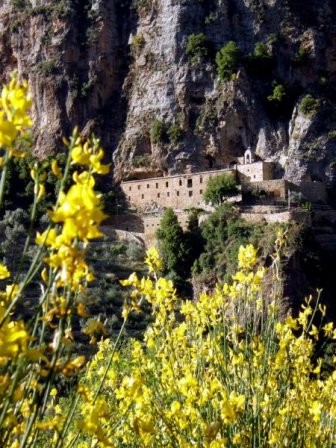
Here, in the middle of the valley with cedar trees, is a long, deep and hard to cross green canyon, where the river runs to the sea. In these place the first Maronits found their shelter, the followers of St. Maron, who founded the order in 4th century. The missionaries were carving their homes into the stone and thus a breathtaking site, came to be. Today the Maronits represent about a quarter of the population and each president of Lebanon has to be a Maronit. The monastery of St. Anton was also the first printing press in the middle east. The first printed edition was the book of psalms, kept at the university of Kaslik. This monastery is, since 1998, protected by the UNESCO.
Hezbollah attack
It was a beautiful day, just right to go to the mountains. We went for the highest peak of the country, the around 3100 m high, and half covered with snow, Quarat al Saudi. Almost at the top we were tired and half dead, so we decided to rest. The sun was hot in the sky and the view was fascinating, watching over the cedar trees to the Syrian border. Could it be any more beautiful? With not a soul in sight, we suddenly heard a bang. A bullet ricocheted of a rock in front of us. “Hey, are you crazy, there’s people here,” I shouted to the unseen and unknown shooter. Three more shots followed. We were confused and ran with the last atoms of our strength from the series of shots that followed. In the rare air we went head over hill through the rocks, being followed by an off road vehicle. They had the upper hand, but not in snow, so we hurried down the mountain side covered with white, in an area with high risk of snow avalanches. We survived, but with a rapid heartbeat, dirty clothes and devastated shoes, we threw away the same day. Because of Hezbollah, they were wondering down in the valley. The beginning of the day ended even more impressive, with us getting a new life and got richer for an amazing experience. Now this is the travelling synergy. I don’t know weather to wish for more or less of it.
 Before the Romans settled here, and made their impression on Balbek, back then known as the sunny city, with the highest columns in the temple of Jupiter, and the most beautifully decorated temple of Bakkhus, with a rare octagonal yard and the biggest stone with more then 20 m2 and weighing over 1000 tons, the Phoenicians already lived here. The Lebanese Christians got and proudly carry their name after them. On the Mediterranean coast, just under the forests on peaks, lived the people who took the alphabet to the world, thought other civilizations different crafts and skills of agriculture, and gave the world a fruit known as the apple from Punt – pomegranate. They were merchants, never cared much for conquest. With their cedar tree ships they travelled around the Mediterranean and traded far to the west of African coast. They were buying half products finishing them and reselling them for high profit. They established themselves as the prime merchants of the region. After the third Punic war, when the Romans destroyed their competition, but even before that the Babylonians had a campaign against Lebanon, their trade had died out. Despite the defeat the Lebanese are proud of their predecessors. The ports that the Phoenicians made were among the biggest in the world and even the Holy Bible got its name from the Phoenician port of Byblos. When you travel around Lebanon, you feel the heritage of mighty Phoenicians on every step.
Before the Romans settled here, and made their impression on Balbek, back then known as the sunny city, with the highest columns in the temple of Jupiter, and the most beautifully decorated temple of Bakkhus, with a rare octagonal yard and the biggest stone with more then 20 m2 and weighing over 1000 tons, the Phoenicians already lived here. The Lebanese Christians got and proudly carry their name after them. On the Mediterranean coast, just under the forests on peaks, lived the people who took the alphabet to the world, thought other civilizations different crafts and skills of agriculture, and gave the world a fruit known as the apple from Punt – pomegranate. They were merchants, never cared much for conquest. With their cedar tree ships they travelled around the Mediterranean and traded far to the west of African coast. They were buying half products finishing them and reselling them for high profit. They established themselves as the prime merchants of the region. After the third Punic war, when the Romans destroyed their competition, but even before that the Babylonians had a campaign against Lebanon, their trade had died out. Despite the defeat the Lebanese are proud of their predecessors. The ports that the Phoenicians made were among the biggest in the world and even the Holy Bible got its name from the Phoenician port of Byblos. When you travel around Lebanon, you feel the heritage of mighty Phoenicians on every step.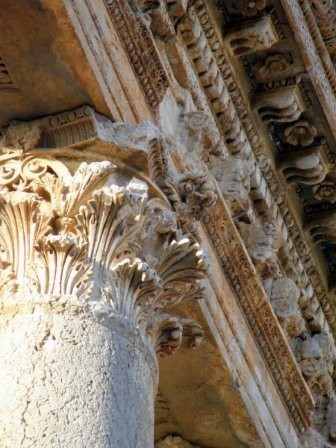
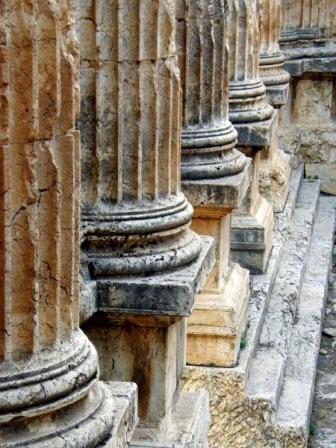
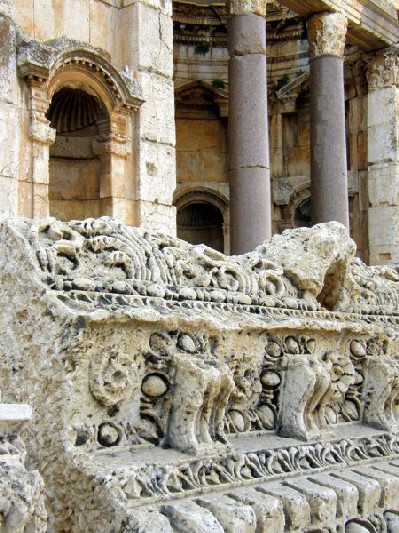
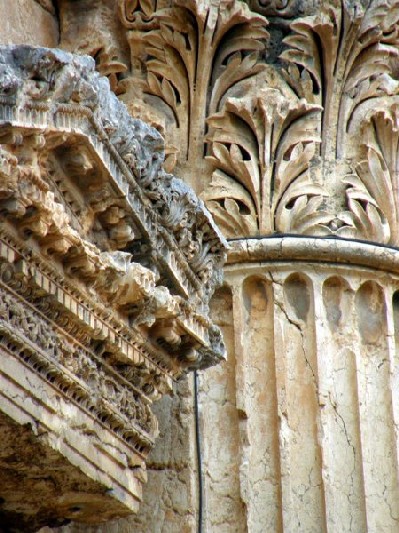
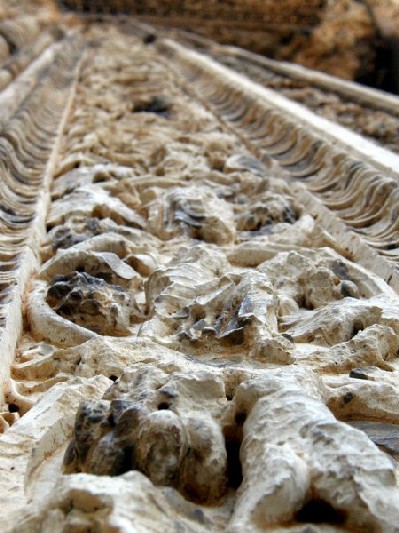
Despite being peaceful people, today the situation is turned upside down. Lebanon has 18 official religions and here live various minorities from other places. It’s caught between the crossfire of Israel and Syria, with many Palestinians settling in the country – demanding more and more rights as the refugees. Despite two quite recent civil wars, the country is always on the verge of yet another one. But despite the unstable situation in the country and the region itself, Lebanon is definitely worth a visit, for it offers a lot in its richness, thus compensating for all possible security risks you might encounter – like being shot at. Only a handful of countries have so much to offer as Lebanon has.